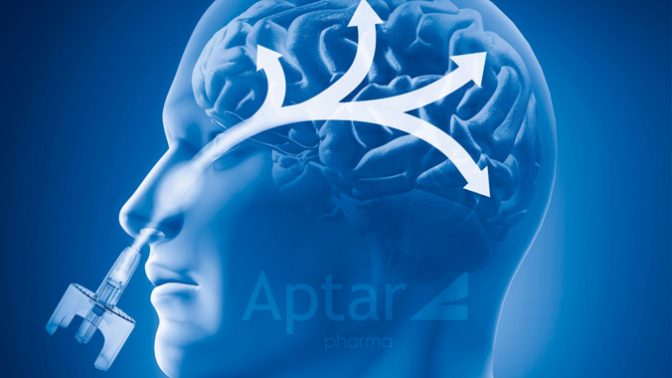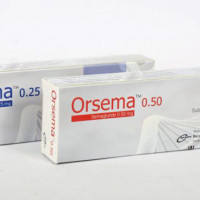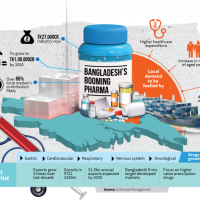NASAL DELIVERY - A Promising Route of Drug Delivery to the Brain: Scientific Considerations
16 Mar, 2018

One of the factors that limit the ability of most of the drugs to treat Central Nervous System (CNS) disorders is related to the extent of drug that is able to cross the Blood Brain Barrier (BBB). The endothelial cells of the blood capillaries to the brain include tight junctions that act as a barrier to most drugs and inhibit the ability of drugs and solutes to cross this barrier. The BBB effectively restricts the transfer of hydrophilic compounds from the vascular compartment to the brain tissue. In contrast to the other tissues, no bulk flow occurs across the capillary walls due to tight junctions between the cells. Throughout the past few decades, there has been a number of innovative drug delivery approaches that may overcome the challenges associated with drugs to cross the BBB.
One such approach entails the delivery of drugs via the nasal route. There is growing scientific support that delivery of drugs via the nasal route may result in higher concentrations of drugs that can cross the BBB. However, this approach has significant limitations that require a careful consideration of the physico-chemical and pharmacological properties of the drug, it’s potential CNS toxicity, as well as the dose and delivery vehicles that may be used. The final assessment after performing the review on this subject indicates there are significant differences in the nasal anatomy and physiology of different animal species and humans, which makes it very difficult to obtain a direct correlation between them. The published experimental data in scientific journals does support that different formulation approaches using mucoadhesive compounds, absorption enhancers, and specialized reagents can increase the efficiency of drug delivery to the brain via the nasal route. Further experiments are needed to establish a robust correlation between the properties of the compound being investigated, the physiology of the nasal cavity, and the impact of specialized drug delivery techniques that are known to influence drug delivery to the brain via the nasal route of administration.
Reference: drug-dev.com
One such approach entails the delivery of drugs via the nasal route. There is growing scientific support that delivery of drugs via the nasal route may result in higher concentrations of drugs that can cross the BBB. However, this approach has significant limitations that require a careful consideration of the physico-chemical and pharmacological properties of the drug, it’s potential CNS toxicity, as well as the dose and delivery vehicles that may be used. The final assessment after performing the review on this subject indicates there are significant differences in the nasal anatomy and physiology of different animal species and humans, which makes it very difficult to obtain a direct correlation between them. The published experimental data in scientific journals does support that different formulation approaches using mucoadhesive compounds, absorption enhancers, and specialized reagents can increase the efficiency of drug delivery to the brain via the nasal route. Further experiments are needed to establish a robust correlation between the properties of the compound being investigated, the physiology of the nasal cavity, and the impact of specialized drug delivery techniques that are known to influence drug delivery to the brain via the nasal route of administration.
Reference: drug-dev.com






